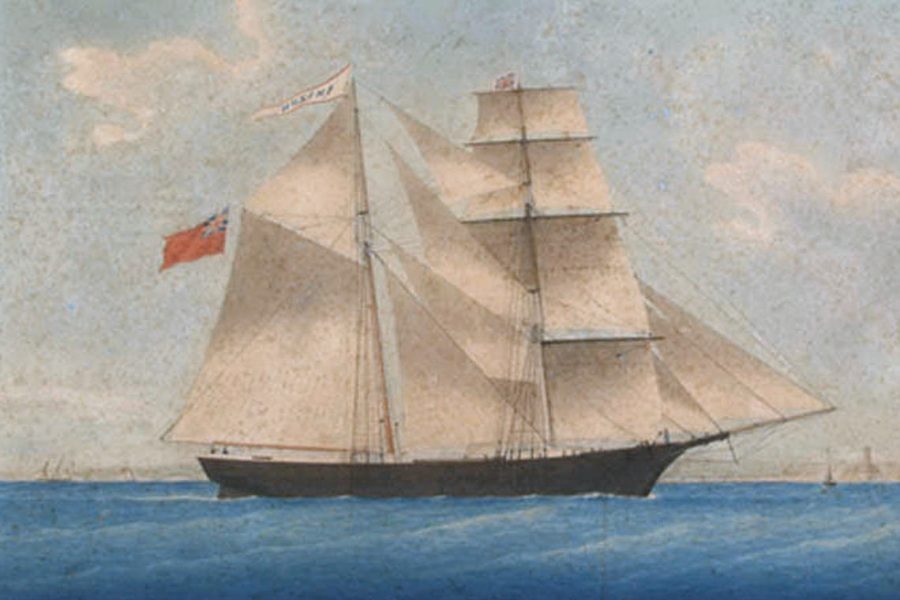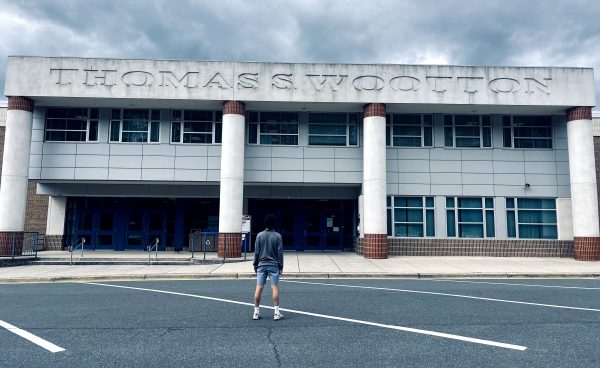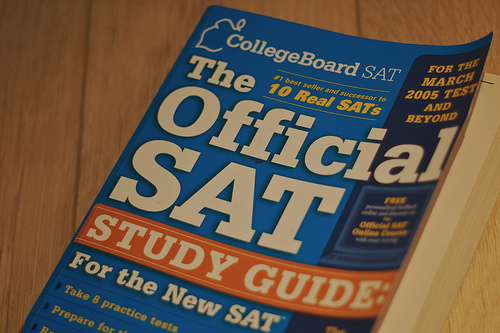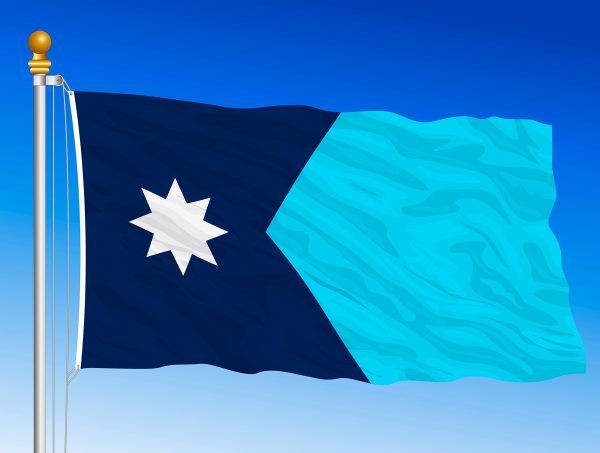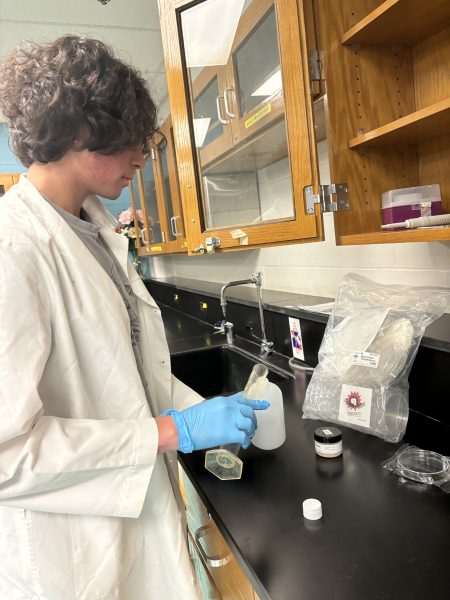History’s greatest nautical mystery: all passengers went missing from undamaged ship
Image used with permission from Wiki Commons
Illustration of the Mary Celeste ship sailing across the water, whose unexplainably vanished crew became the “greatest mystery of the sea.”
On Dec. 5, 1872, the Canadian merchant ship Dei Gratia was sailing through the Atlantic, surrounded by nothing but a vast expanse of choppy ocean waves and cloudy skies. In the foggy distance, the crew spotted another ship, seemingly in distress.
Captain David Morehouse of the Dei Gratia recognized it as the Mary Celeste, which should have already arrived in Genoa, Italy, but instead was drifting about 400 miles east of Azores, Portugal. Morehouse sent a boarding party to the ship, where the crew made an eerie discovery; the eight crew members of the Mary Celeste, along with Captain Benjamin Briggs and his family had vanished.
The crew men’s belongings were safe in their quarters, there was a six-month supply of food and water and nine out of the 1,701 barrels of industrial alcohol were empty. Three and half feet of water was sloshing around in the ship’s hull – not enough to hinder the ship’s voyage. One of the ship’s two pumps had been dismantled. The lifeboat and the captain’s navigational equipment were missing. The most recent entry of the captain’s log was dated 10 days earlier.
The Dei Gratia took the ghost ship to Gibraltar to claim a reward for salvaging the ship. This is where the first theory about what happened to the crew of the Mary Celeste comes into play: that the Dei Gratia crew murdered the Mary Celeste crew for the $46,000 salvage reward. While the Dei Gratia did stand to benefit from the salvage, the captains of the two ships were friends and the Mary Celeste showed no evidence of violence. “It’s a good story, but it doesn’t make sense,” freshman Christina Chow said.
The next theory is that the alcohol in the cargo leaked fumes, which caused Captain Briggs to fear an explosion. Briggs then could have ordered a temporary evacuation, and the lifeboat might have detached from the ship while the crew was in it. “With the ship carrying a significant amount of alcohol, leakage could lead to a devastating explosion or combustion,” senior Alice Zhu said. “The crew might have waited in the lifeboat to see the development of the leakage, then gotten stranded.”
The third theory has to do with the disassembled pump. The Mary Celeste had been recently renovated and had carried coal in its cargo on its previous voyage. The pump could have gotten clogged with coal and sawdust, explaining why it was dismantled. Without it, Briggs would have been unable to tell how much seawater had leaked into the ship. He might have overestimated and thought that the ship was sinking. The crew could have unsuccessfully attempted to make the remaining six miles to land in the lifeboat. “It would make sense for the crew to leave their belongings behind if they thought the ship was sinking,” freshman Natalie Pak said.
The story of the Mary Celeste remains one of history’s greatest nautical mysteries. The idea of vanishing into the vast and open sea captured the attention, generating both fear and curiosity.
Your donation will support the student journalists of Thomas S. Wootton High School. Your contribution will allow us to purchase equipment and cover our annual website hosting costs.


